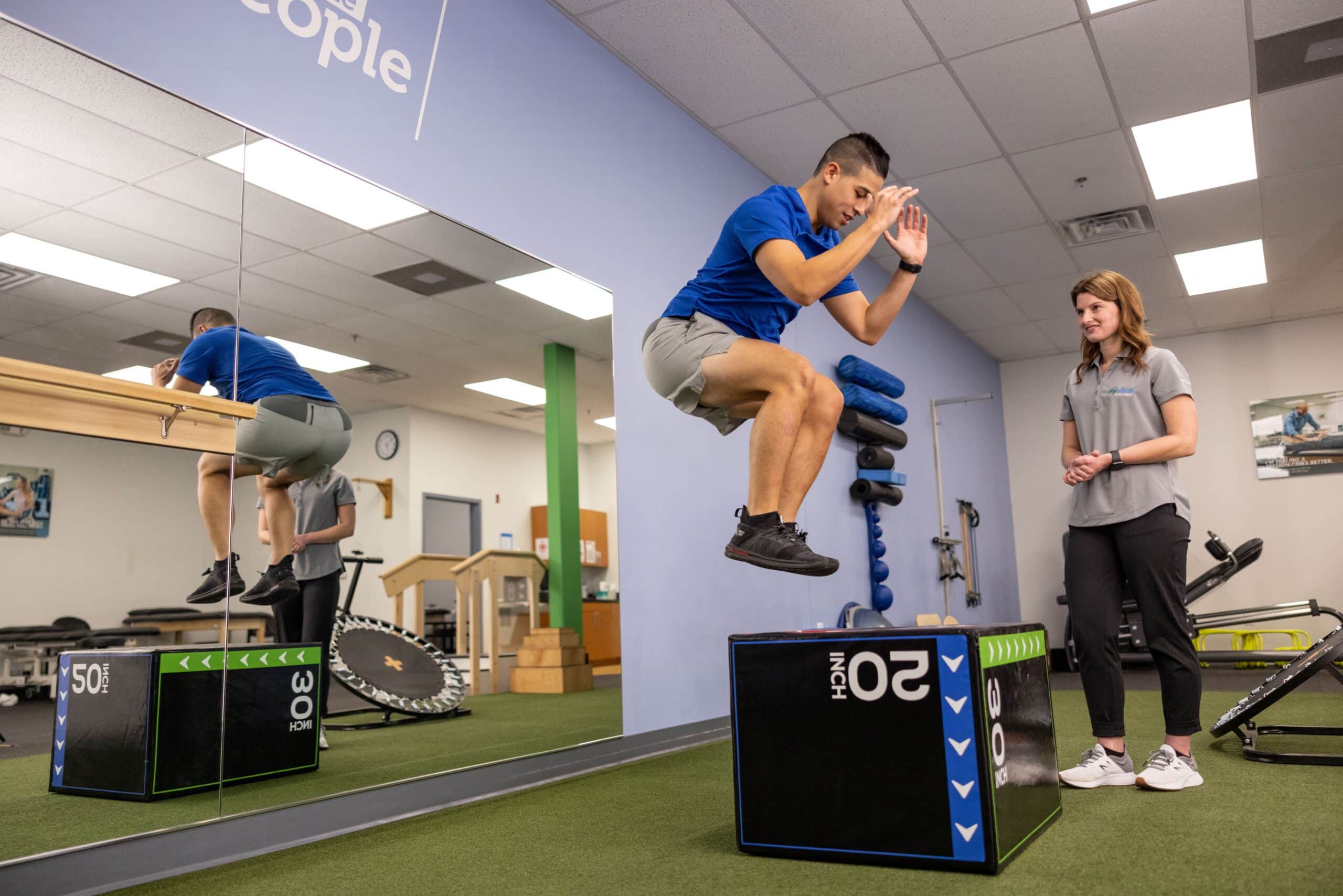Assessing the Interaction of Joint Flexibility and Stability in Patient Results
Assessing the Interaction of Joint Flexibility and Stability in Patient Results
Blog Article
Joint movement and stability are crucial elements that influence client outcomes in physical therapy and rehabilitation. Joint range of motion refers to the range of movement permitted at a joint, while steadiness involves the ability to maintain control of that articulation during activity. When clients have good joint mobility, they can move their limbs unrestricted, which is vital for conducting daily activities. On the contrary hand, steadiness helps prevent injuries by allowing the system to preserve proper alignment and equilibrium during these movements. Understanding how these two factors connect can lead to better care plans and enhanced recovery for patients.
In numerous cases, clients with articular pain or traumas frequently experience a decrease in mobility. For instance, disorders like arthritis can limit how much a joint can shift, making it difficult for individuals to execute tasks such as walking or ascending stairs. Rehabilitation specialists often focus on exercises that increase range of motion through flexibility work and strengthening. These exercises can help reestablish the extent of motion, making it easier for patients to participate in their everyday tasks. However, increasing range of motion without considering steadiness can lead to further harm, highlighting the necessity for a balanced approach.
Stability is equally crucial in rehabilitation. When a articulation is deficient in stability, it becomes more vulnerable to injuries during activity. For instance, an unstable knee articulation can lead to strains or tears while sprinting or jumping. To improve stability, rehabilitation specialists may incorporate exercises that strengthen the muscle groups around the joint. These activities help support the articulation and prevent excess motion that could result learn about this here now to injury. By concentrating on both mobility and control, therapists can provide a holistic treatment plan that meets the specific requirements of each patient.
The interaction between joint movement and stability is especially clear in athletic rehabilitation. Sports participants frequently require a high level of both flexibility and stability to execute at their best. For instance, a gymnast needs to have flexible articulations to achieve intricate movements while also preserving stability to avoid falls. In athletic conditioning, trainers and trainers stress the importance of cultivating both aspects to improve performance and minimize the risk of injuries. This method ensures that athletes can perform effectively while maintaining their joints safe during strenuous activities.
Ultimately, comprehending the relationship between articular mobility and control can lead to improved outcomes for patients in various environments, from rehabilitation centers to athletic conditioning facilities. By encouraging both elements, healthcare professionals can help clients recover their power and confidence. This balanced method not only helps in recovery but also arms see here now people with the tools they need to avert subsequent injuries. As studies progresses to evolve in this field, the significance of integrating mobility and control in care plans will remain a central priority for improving client care and general health.